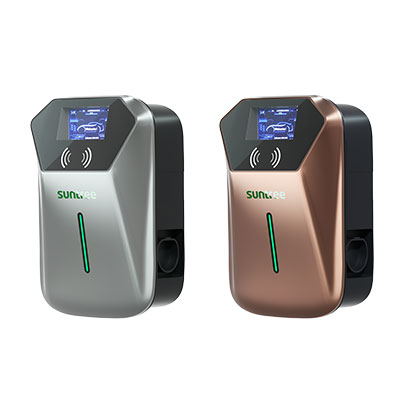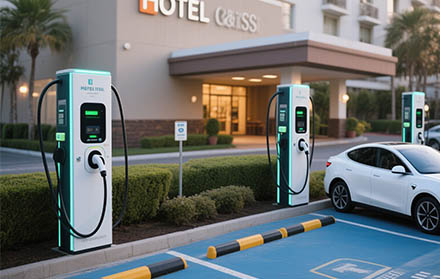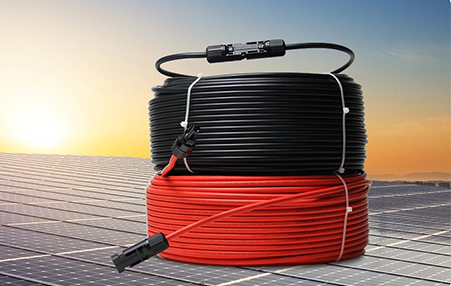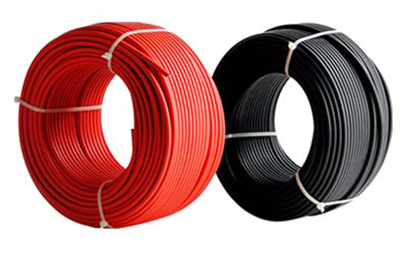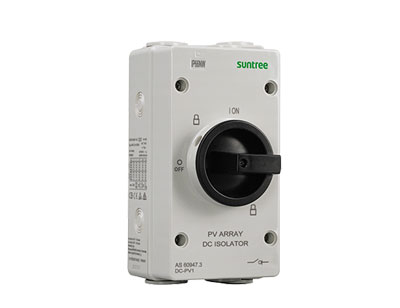How to Choose the Right Combiner Box for Solar Panels?
There are five important factors to consider when choosing the right converter box for your solar panels to ensure you choose a good machine. The dc combiners from suntree are highly reliable, adaptable and flexible in their configuration.
Let's take a look at what five important factors to consider when choosing a convergence box for your solar system!
What is Solar Combiner Box?
A solar converter box is an important component in a solar power plant that is used to bring together the current output from multiple solar panels in series and pass it through an integrated protective device before the power is transferred to the inverter. The equipment usually includes input terminals, output terminals and protective components such as fuses or fuses with fire and corrosion protection features to ensure safe and reliable power transmission.
How easy is it to set up a solar convergence box.
The setup of a solar converter box is relatively simple. Usually, the setup of the solar converter box needs to connect the battery packs in series with the solar converter box. When connecting, it is necessary to ensure that the cable section area is sufficient, the joints are firm and reliable, and to avoid poor contact and so on. Next, the solar convergence box needs to be connected electrically, including terminal boards, protection components and so on. Finally, power-on testing and commissioning to ensure that the system operates normally. In general, the installation of solar convergence box needs to follow the relevant safety standards and operational requirements, if you are not familiar with the operation, it is best to be installed and maintained by professionals.
What functions are needed in a photovoltaic power system?
The following functional components are needed in a PV power system:
1. Photovoltaic panels: the key component that converts solar rays into DC electrical energy.
2, Inverter: Converts DC energy into AC energy in order to supply power for domestic, industrial or commercial use.
3、Solar Tracker (optional): Helps optimize the angle and position of the solar panels to capture the maximum amount of solar energy.
4、Solar convergence box: Used to connect multiple solar panels in series and pool the current they generate, as well as provide protection.
5、Lead-acid or lithium-ion battery (optional): used to store the electricity generated by the solar power system for use at night or on cloudy days.
6, network connection equipment (optional): used to connect the photovoltaic power generation system to the power network, to achieve grid interconnection and possibly sell excess power to the grid.
7. Monitoring system: monitors the performance of PV panels, inverters and other key components in order to provide real-time data and troubleshooting.
These functional components work in tandem to enable the PV power system to efficiently and reliably convert solar energy into usable electricity.
The role of monitoring in the convergence box.
Monitoring and controlling the solar converter box is one of the important functions in a PV power system, it can provide the following functions:
1、 current and voltage monitoring: monitor the current and voltage of each panel series output to ensure its normal operation. Through real-time monitoring, abnormalities, such as too high or too low current and voltage, can be detected in time and appropriate measures can be taken.
2、Temperature monitoring: Monitor the temperature changes inside the solar convergence box to ensure that the components work within the appropriate temperature range. Excessive temperatures may affect the performance and life of the panels, so it is very important to monitor the temperature in time.
3、fault alarm: solar convergence box monitoring system can detect component failures, short circuits, circuit breaks and other problems, and send timely alarm signals. This helps to quickly locate and solve problems to ensure system stability and reliability.
4、data recording and analysis: the monitoring system can also record and store the working data of the solar convergence box, including current, voltage, temperature and other historical data. By analyzing and comparing these data, the performance of the system can be evaluated and optimized and improved.
5、remote monitoring and management: some monitoring systems also have remote monitoring and management functions, you can monitor and manage the solar convergence box in real time through the Internet or mobile applications. This allows users to access system status, alarm information and data analysis results anytime, anywhere.
Overall, by monitoring the solar convergence box, it is possible to keep abreast of the operating conditions of the components, detect potential problems and carry out preventive maintenance to ensure the efficient and stable operation of the PV power generation system.
Have you considered a protection system for the convergence box?
The solar collector protection system is an essential part of the PV power generation system, which can provide the following protection for the solar collector:
1、Over-current protection: when the current exceeds the normal range, the protection system will be automatically triggered to avoid dangerous situations such as overheating, damage or fire of the panel and other components.
2、Over-voltage protection: When the voltage exceeds the normal range, the protection system will automatically disconnect the circuit to prevent the battery panels, inverter and other equipment from being damaged by over-voltage.
3、Short-circuit protection: When there is a short-circuit, the protection system will also automatically disconnect the circuit to avoid the risk of burning electronic components, causing fire and so on.
4、Lightning protection: In lightning weather, the solar convergence box is vulnerable to lightning strikes, in order to protect the panels and other components, the protection system will protect the circuit against lightning.
5、Temperature protection: The electronic components in the solar convergence box will generate heat when working, if the temperature is too high, it will affect the performance and life of the components. The protection system will monitor the temperature through temperature sensors and trigger protection measures if necessary.
6、Overload protection: The protection system will also automatically disconnect the circuit when the panel output current exceeds the rated load to avoid overload damage to the electronic components.
Overall, the solar converter box protection system can provide comprehensive protection for the PV power generation system, guaranteeing the stable operation of the system and the safety of users. When purchasing a solar converter box, you should choose one that meets the technical standards of the relevant country or region, and operate and maintain it in strict accordance with the manufacturer's instructions.
Do I need a combiner?
A combiner is one of the commonly used devices in a solar PV system, which is mainly used to centralize the current and voltage output from multiple solar panels in series into a combiner box, and to provide the corresponding protection and monitoring functions.
The benefits of using combiners include:
1、Simplifying circuit layout: With a combiner, the output lines of multiple solar panels can be centralized into a single combiner box, thus simplifying circuit wiring and reducing messy cable connections.
2、Providing connection protection: combiners usually have protection functions such as overcurrent, overvoltage, and short circuit, which can effectively protect the circuit and prevent damage from occurring.
3、Convenient monitoring and maintenance: combiners are usually equipped with current and voltage monitoring functions, which can monitor the working status of each panel component in real time, facilitating troubleshooting and maintenance.
4、Save time and cost: combiners can reduce the length and number of cables, saving cable materials and installation costs, while also reducing installation time and labor costs.
It is important to note that not every PV system necessarily requires the use of combiners. While small-scale PV systems can connect panels in series directly to an inverter or converter box, large-scale PV systems usually employ combiners to centrally manage and protect the output of the panels.
Therefore, when designing a solar PV system, the need for combiners needs to be determined on a case-by-case basis. A professional PV system designer or supplier can provide you with more accurate advice based on your needs and system size.
Conclusion
To summarize, solar header protection systems and combiners play an important role in solar PV systems.
The solar combiner protection system provides multiple protection functions, including overcurrent, overvoltage, short circuit, lightning and temperature protection, to ensure safe and stable system operation. By monitoring and triggering protective measures, it prevents panels and other components from being damaged or triggering risks due to abnormal conditions.
Therefore, solar converter protection systems and combiners play an important role in solar PV systems to guarantee the safe operation and performance of the system.



